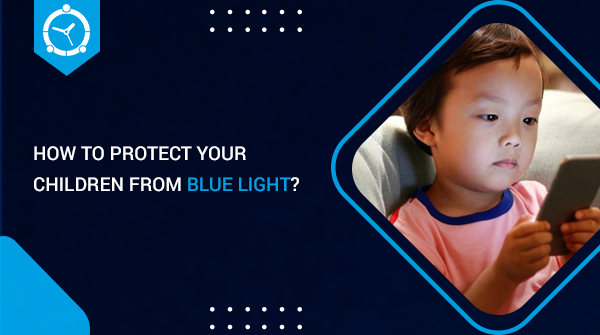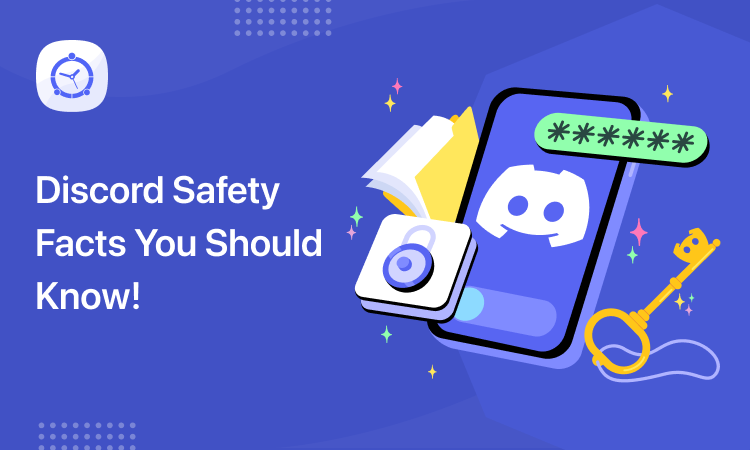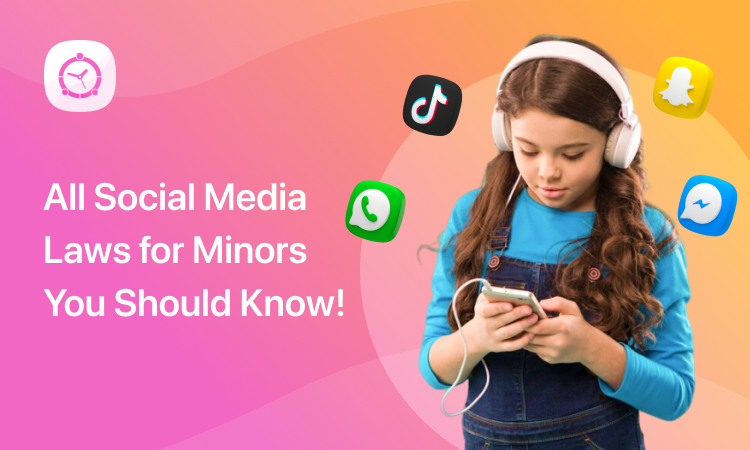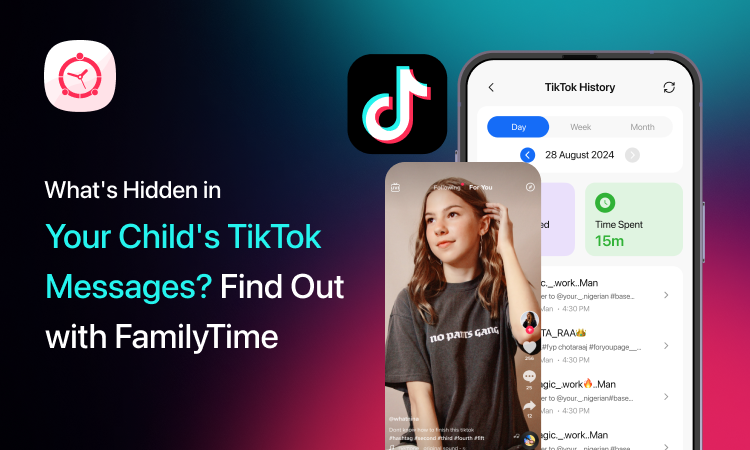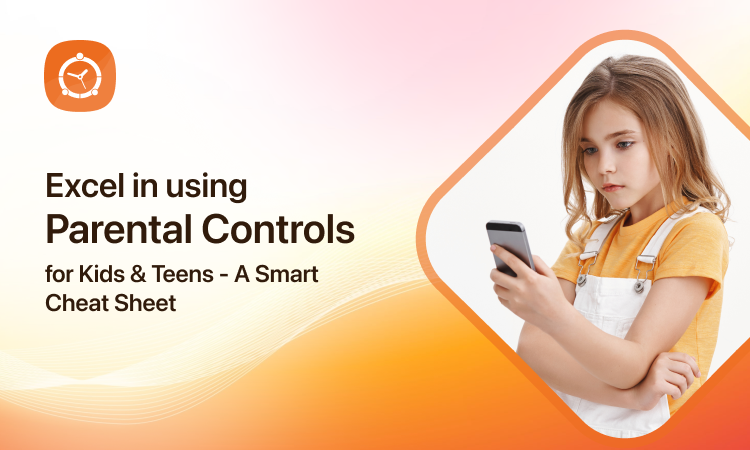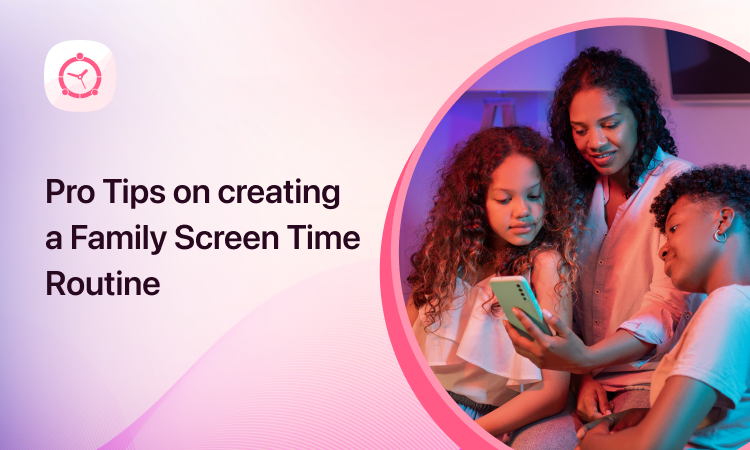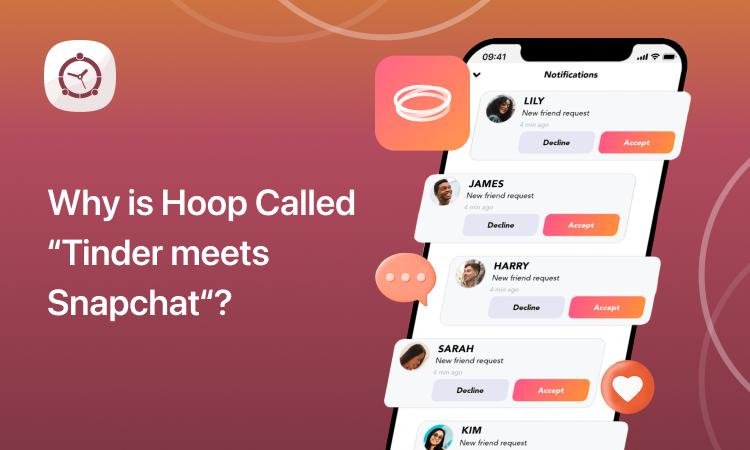The invasion of screens in our daily lives puts a strain on our children’s eyes. The blue light they give off is bad for eyesight, especially in smaller children whose lens is much more permeable to harmful rays. However, there are solutions to protect them.
Light, essential to our life
Light is made up of two parts. A visible part (which includes all the lights of the rainbow) which is good for visual health, and a non-visible part (UV rays), which is harmful to the eyes.
Blue light is found in both parts of the light. It can therefore be good or bad.
The positive part is the blue-turquoise light. It is essential because it helps regulate the sleep-wake cycle, cognitive functions, psychomotor and hormonal balance, the pupillary reflex and internal temperature.
The harmful part is the blue-violet light. It is emitted by the sun and the fluorescent lamps and cold white LEDs present in modern devices (computers, smartphones, tablets, etc.). It is bad for the cells of the retina.
Why do children need to be protected from blue light?
- Before ten years of age, children’s crystalline lenses do not yet fully play their role as a filter and allow blue-violet light to pass through to the retina.
- Children spend three times more time outdoors than adults, which increases their exposure to the most powerful source of UV and blue light: the sun.
The question of screens
Smartphones, tablets, television… children are now exposed to (too) many screens. If they are useful and fun in small doses, they have an adverse effect on health when abused. In particular: the LED backlighting. The many hours spent in front of screens expose this blue light to too high an intensity, and it then becomes dangerous for health, especially for the eyes and for sleep.
Overexposure to blue light can, in the short term, cause significant eye fatigue, headaches, stinging eyes and, in the longer term, the risks of myopia and AMD are increased due to impairments of the retina and lens. Moreover, this intensive exposure to blue light, especially in the evening, disrupts sleep. Indeed, it reduces the production of melatonin, the hormone that promotes sleep. Poor quality of sleep can lead to weight gain, even obesity and diabetes.
New studies, presented at the beginning of September in Paris as part of the congress of the European College of Neuropsychopharmacology, confirmed this danger by highlighting the link between artificial blue light emitted by screens and sleep disorders leading to deficit disorders and hyperactivity disorder (ADHD) in toddlers.
Solutions to protect your children from blue light
- Place filters on screens
These filters can be adjusted on different smartphones and tablets to filter blue light.
- Use filtering spectacle lenses
Even if your child does not wear corrective eyeglasses, you can offer them glasses with specific anti-blue light lenses.
- Limit screen time!
If screens are essential today and can be a source of awakening and digital learning, they can be addictive and cause various disorders. It is therefore advisable to make moderate and supervised use of it. To limit kids’ screen time, parents are suggested to use advanced parental apps such as FamilyTime that allow parents to determine time slots when kids can use their devices and when not. Once the specified time is consumed, their devices are automatically blocked. Isn’t it a great feature to protect kids from blue light exposure? It certainly is. So, give FamilyTime app a try for free. You can get the trial version of this app from the app store on your phone or from the buttons given below:

